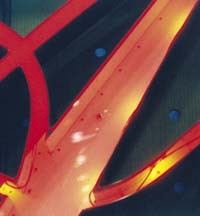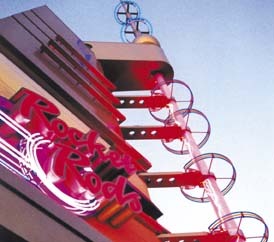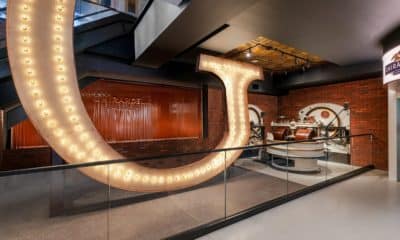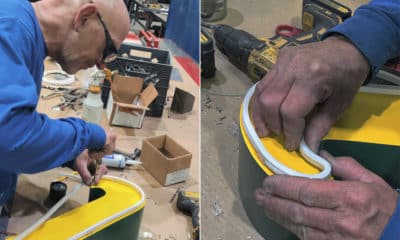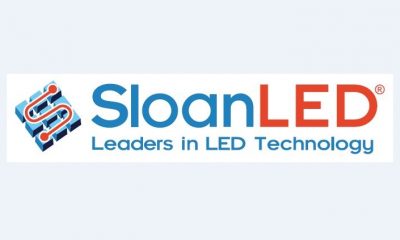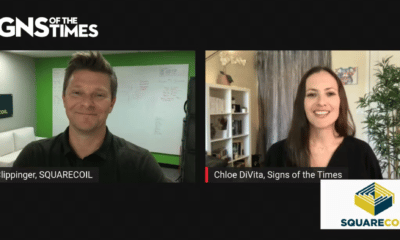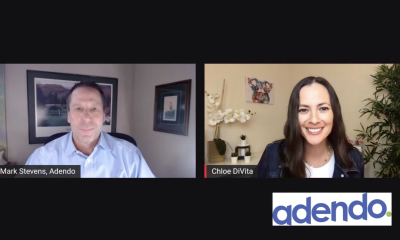This month, to start the new year, we’re deviating from this column’s plotted course to cover an issue that affects us all — lightsources.
Over the past year or two, many within our industry have struggled to determine the best lighting sources for various projects. Our decisions have been clouded by claims (often inaccurate) as to newer technologies’ capabilities.
A few within our industry have sought to clear up marketed misconceptions. One such effort occurred in November at the Lighting Research Center at Rensselaer Polytechnic Institute in upstate New York. Commentary on this event will be covered in our February issue by Eric Johnson.
However, I want to address some technical and installation issues here. This cursory view affirms that many of our thoughts have been on track.
Lightsources
Sign installers, designers, display marketers, etc. must consider many aspects when assembling a sign/display package for a client. Safety is paramount, but we must also consider the sign’s design and environment, plus the effects a client wants to achieve.
Advertisement
In the electric-sign field, our considerations are based on the lightsource and its location. What are some considerations? They include visually perceived color, illumination intensity, directional wash of light, maintenance issues and continuous-operation energy considerations.
The important point is: No one lightsource can be shoehorned into a catchall solution for every application (see ST, December 2002, page 18). One of the most urgent thoughts passed on to us at the LED lighting course at Rensselaer was emphasized by Dr. N. Narendran, Rensselaer’s director of research. In turn, let me re-emphasize these thoughts to you. $image1
Understanding lightsources
Incandescent lighting. The simple light bulb is a very energy-inefficient lightsource because most of its light generation emanates from its tungsten filament as heat. However, this bulb, which screwed into an Edison-type socket, initially sold for approximately 30 cents and offered an average rated life of 1,000 hours. Currently, some incandescents offer 4,000-hour life ratings.
Remember these life-hour numbers. An incandescent installation is relatively inexpensive and uncomplicated, but is it a thing of the past?
No. Particular applications, even in our sign industry, can’t be filled by any other component. At times, a lighting designer must produce a certain ambiance or chasing effect, which only an incandescent bulb delivers.
Advertisement
Fluorescent lamps/hot-cathode lighting. This lightsource is the opposite of the incandescent bulb regarding energy consumption. Because of discharge technology, fluorescent’s light output, cost and longevity equal or exceed any lighting technology. Fluorescent lighting is well-suited for office space, classrooms and, of course, cabinet signs.
Again, fluorescents aren’t the end-all source for all applications. Squeezing one of these lamps into a 16-in., University Roman-style channel letter would be ludicrous. However, given the lumens per watt produced and the low cost of each lamp, these 9,000-12,000-hour lamp-life sources are grossly underrated.
In fact, if we examine our lamp life at 12 hours per start, we can achieve approximately 18,000 hours for a white lightsource, which can range between 8,300K Bright White and 2,800K White (a very warm white). Some newer technologies are being manipulated to get down to the 4,500 ranges, and the 3,500 ranges are still on the drawing boards.
Are fluorescents’ days numbered? Again, no. Not by a long shot.
Neon and cold-cathode lighting. Again, based on the discharge method of firing, this lightsource offers significant energy savings. This handcrafted, linear light is unmatched in terms of shapes and colors.
As with fluorescents and hot-cathode tubing, the white spectrum (2,800-8,500K) can’t be equaled currently by other means. Remember, 28,000-45,000K in the warm-white range is unique and shouldn’t be discounted. Linear lighting’s lumens per watt mimic the efficiency rating of its fluorescent kin.
Advertisement
Unlike fluorescents, neon/cold-cathode tubing demonstrates a longer lifespan — 30,000 hours is a conservative estimate for the white spectrum and possibly longer in reference to neon fills. I have worked on neon/argon displays that were installed prior to the mid-’40s, and the units are still running full bore. $image2
Neon/argon displays one vulnerability: an unsafe and unreliable reputation. This issue isn’t caused by the lightsource itself, but by unlicensed, inexperienced folks who try to produce/install it. Only better education, jurisdictional or industry policing, and more savvy end-users will resolve these faults.
High-intensity discharge (HID) lighting. HID lighting encompasses a few different lightsources under one heading. Common references include mercury-vapor lamps (low operating cost and long life), high-pressure sodium (the longest life and highest efficiency) and metal halide (really good operating efficiency and excellent color rendering).
Again, these lightsources, like all other forms of lighting, have specific purposes, and no one type suits all applications. Some lamps, such as metal halide, are great for service-station canopies, while other possess extremely poor color-rendering capabilities for outdoor applications. Are they being replaced by new technology? No.
LED lighting. This lightsource prompted our review of the aforementioned lighting methods. The neon community fears this lightsource will terminate a technological piece of history. We watch governmental bodies pull our strings in unsubstantiated manners; we watch future technology vendors label products as certain lightsource killers, and this just doesn’t compute with reality.
Solid-state lighting (LEDs and OLEDs fall into this category) involves luminous chips and has a definite place in our industry — for certain applications. No other light technology can fill the bill as LEDs do when it comes to programmable/changeable-message and large video displays. Red LEDs function dependably in various signage projects. However, when clients are told, via unrealistic claims, to illuminate large channel shapes with white LEDs, our industry and this new technology suffer.
The solid-state lighting industry is changing, and some day, white technology will advance from its current 6,000-hour halflife duration. Research will overcome obstacles and expand the narrow, intense, light-beam angle that presently exists. Heat sinking will evolve to give extended life to solid-state lighting within our trade. (Editor’s Note: Heat destroys solid-state lighting, and extreme caution has to be taken to sink these diodes.)
However, for the good of our industry, we must understand the benefits, drawbacks and best practices associated with every available lightsource.
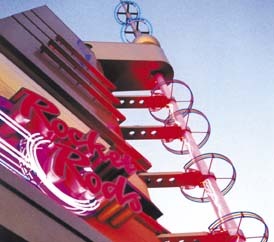

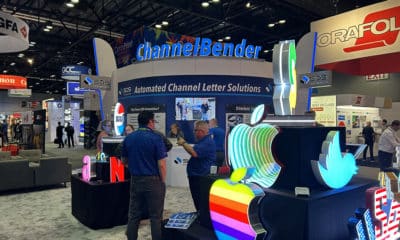
 Photo Gallery5 days ago
Photo Gallery5 days ago
 Tip Sheet2 weeks ago
Tip Sheet2 weeks ago
 Ask Signs of the Times7 days ago
Ask Signs of the Times7 days ago
 Paula Fargo2 days ago
Paula Fargo2 days ago
 Real Deal2 weeks ago
Real Deal2 weeks ago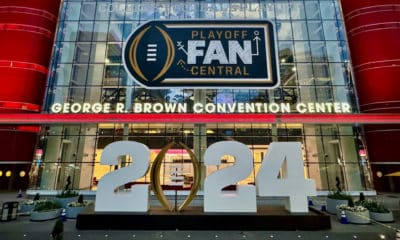
 Benchmarks1 week ago
Benchmarks1 week ago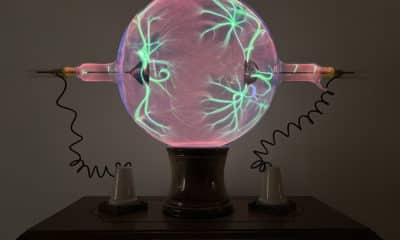
 Photo Gallery2 days ago
Photo Gallery2 days ago
 Women in Signs2 weeks ago
Women in Signs2 weeks ago